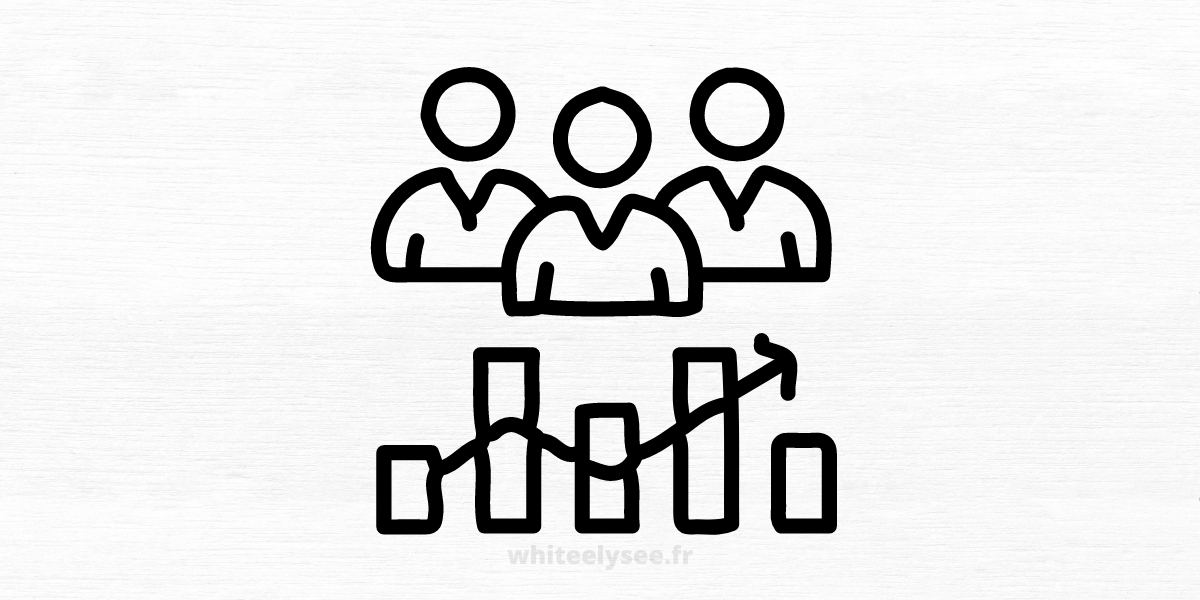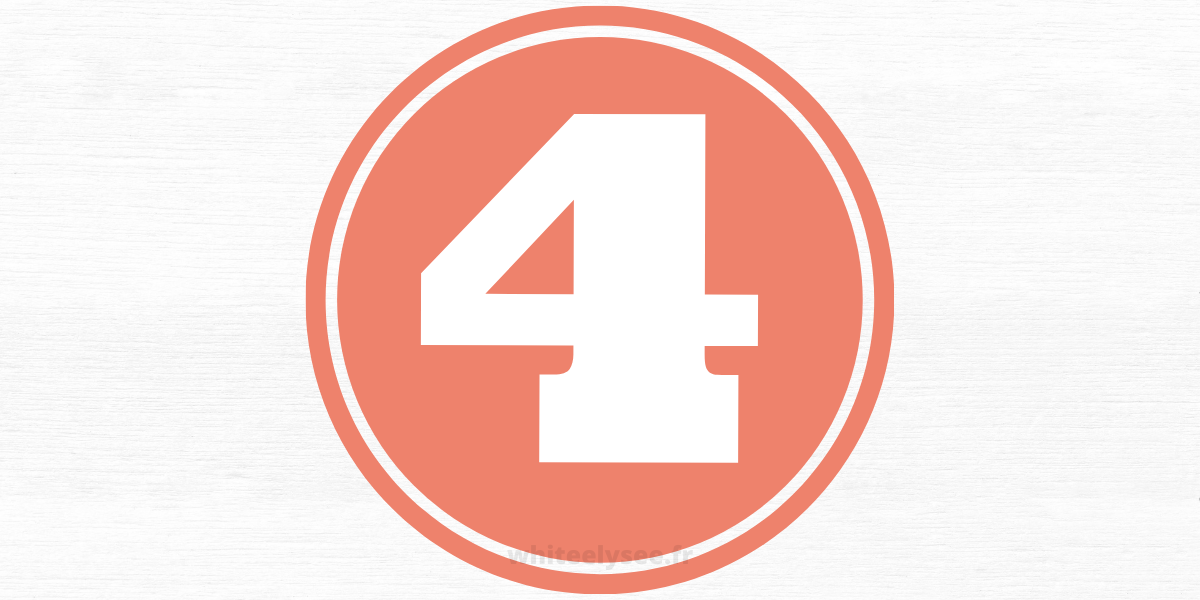
“Team building” is one of the most meaningless words in English. It’s true, meaningless. But the most common request I get from managers, business executives and team leaders is “team-building”. Leaders request team building almost always because they are unable to articulate what they want or need or why. They know that too much time is wasted on “relationship problems” or that they could be more productive if there was more teamwork.
Because “team building” can be used in many contexts, it is not necessarily a meaningless term. Team building is often about improving or fixing relationships between members of the group. Over the last 20 years of my professional experience, I’ve found that team problems are rarely the root cause. They are often just symptoms. Let me give you a brief overview of the nature and purpose of team building.
Begin by defining the purpose of team building. This will allow you to create a high-quality intervention.
Your team. My definition of “team” is:
Team building is a technique that improves the performance and attitudes of a workgroup by clarifying its goals and clarifying their expectations.
Start by asking appreciation questions among your team members. Look for positive traits in your team members that you can use to build on. Are there any memorable moments that you can share? What was it that made the situation more positive? What actions and attitudes can you duplicate from this event? What were the strengths of each member of the team? Keep your eyes on the positive and appreciate what you already have that is working to keep it going.
Think about how your team might look, feel and sound in an ideal future state. What words and phrases best describe your team in this future state? If you reached this goal, what would the rewards be for the team as well as the individual members? What would be the consequences of doing nothing? What would it mean for you, as an individual, if the team failed to make progress towards this future?
Find specific obstacles that could hinder your team’s progress towards its future goals. Identify all challenges without any further analysis. Observe the thoughts of all participants without further research. All possible inhibitors should be listed.
While the “relationship problems” will be obvious first, you’ll need to dig deeper. The root causes of these inhibitors must be investigated in the order given at the end. It is important to remember that team building should not be a one-off event. These team building activities are only practical when they are part of a larger strategy for team development. You can create a custom approach based on the context and commitment of leadership and members of your team to change.
List possible solutions for each inhibitor. You are still brainstorming, so don’t evaluate your ideas. Just record your thoughts. After you have discussed alternative solutions to each inhibitor, it is time to begin considering the potential solutions that could improve team performance, attitudes, and mutual expectations. With some group consensus, choose the best solution for each of these inhibitors. Create an action plan to address each inhibitor based on the strengths of each member. For the team to track their progress towards the desired future, establish dated milestones.
Your goal is to improve team performance by clarifying the group’s goals and expectations. Focus, discipline, adherence to a structured process and assistance from someone outside the team or organizational culture are all necessary. This model is applicable to any type of team: a couple, a family or a community, a small business, Fortune 500 or small business.
Goals
Are our team members able to clearly understand and articulate the same mission, vision, and values?
This is what you might refer to as the “Intersection of Purpose”, which is a necessary clarification that helps team members get on the same page.
My teams have been amazed by the changes in their attitudes and other outcomes that they experience when they achieve a clear mission. This is why Strategic Thinking and Planning is the best “team-building” activity a group can do.
Roles
Which roles are required for the team’s effectiveness and who will fill them (individuals, Strategic Business Units or product lines, locations, departments etc.)
Are there explicit goals for each role that is in alignment with the overall mission and purpose of the team?
Are there mutual expectations between team members (and SBUs)?
Rules
Are all people following the same rules? These rules include written policies, procedures, regulatory issues and core values.
Unwritten rules are also included in this category – those that truly define a team’s culture and organization. It is often difficult, time-consuming, and often continuous work to find the unwritten rules of a team. Although it is often difficult for team members and leaders to perform this task, it can be gratifying and almost always requires outside help.
Relationships
Relationship issues can be a root cause of team failure, but they should be acknowledged after all three areas have been thoroughly explored and defined with remarkable consensus.
Most often, once goals, roles, and rules are clear, relationships issues will resolve themselves. Although conflict is still present, it is productive and necessary for innovation. It’s no longer about “right or wrong” or “win/lose” battles. Now it’s about win/win relationships and “what’s the best right answer for all of our team members?”
If there are still issues in relationships, they can be effectively addressed using tools and activities such as sharing behavioural style assessments (i.e. DISC) or traditional team building activities.
All of this being said, I still use traditional teambuilding to help organizations find deeper solutions. These agreements are always negotiated with me upfront. These activities are best for short-term solutions if relationships are not the primary inhibitor to team development.
The most important question you can ask yourself as a leader of a team is, “What if I’m the problem?”
My client, the CFO at a large hotel and conference centre, said it best: “We need to develop our team, not just build it.”





